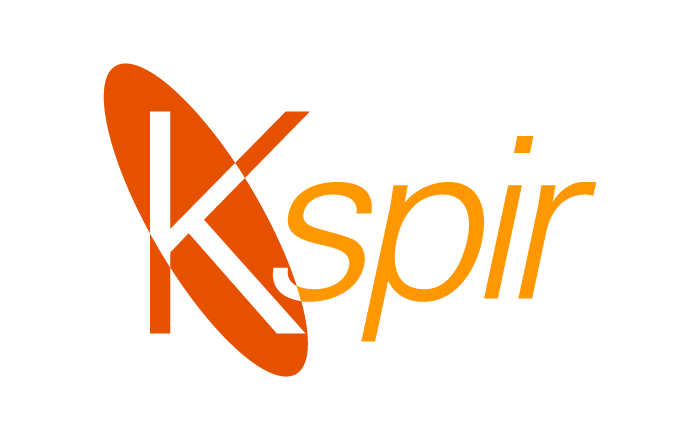Managing Obsolescence
Obsolescence is ‘the transition from availability from the original manufacturer to unavailability’.
Obsolescence Management involves coordinated activities to direct and control an organization in addressing obsolescence. Its goal is to integrate obsolescence management across design, development, production, and in-service support phases, minimizing financial and availability impacts throughout the lifecycle of a product or facility.
A product may be considered obsolete if its supplier can no longer or chooses not to supply it. This scenario affects various products and the equipment needed to support them, potentially at any stage of the product lifecycle. Obsolescence significantly drives up support costs for long-lifespan systems and introduces vulnerabilities that affect operational availability, maintainability, and supportability.
Not every organization needs a comprehensive obsolescence program. A decision flowchart helps identify the need for an obsolescence review and the intensity required. Ideally, an obsolescence programme is initiated when a facility is constructed, utilizing available relevant documents for the program’s foundation.
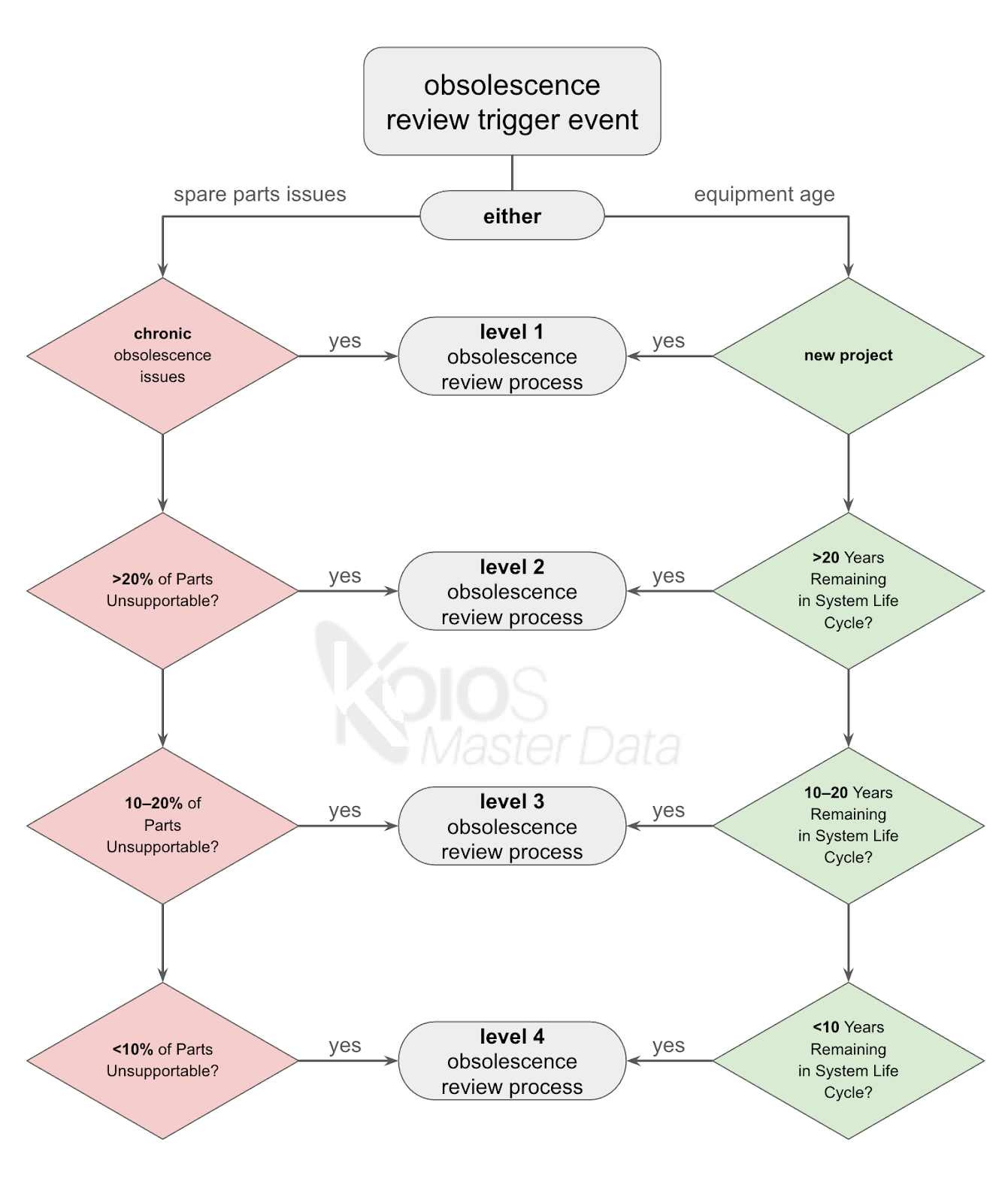
However, executing an obsolescence program becomes more challenging over a facility’s lifecycle due to the fragmentation of original knowledge and the potential misplacement, loss, or damage of documents.
The level 4 obsolescence review process
Level 4 is the foundational level of obsolescence management, where the program’s intensity and cost increase progressively from Level 4 to the more intense Level 1.
– A basic Level 4 program includes:A documented and funded obsolescence program;
– A documented and funded Bill of Materials (BoM) process.
The ERP system should highlight key obsolescence-related fields such as predicted last manufacture date; last supply date; supersession part number (current supplier); and alternative part number (alternative supplier).
International standards for obsolescence management
IEC 62402:2019 outlines obsolescence management requirements and guidance applicable to organizations reliant on external sources for the usefulness of their items. It offers a cost-effective process across all item lifecycle phases, including:
— establishing an obsolescence management policy;
— establishing an infrastructure and an organization;
— establishing an infrastructure and an organization;
— developing an obsolescence management plan (OMP);
— developing strategies to minimize obsolescence during design;
— determining an obsolescence management approach;
— selecting obsolescence resolution and implementation;
— measuring and improving the performance of the outcomes of the obsolescence management activities.
This document, replacing its 2007 edition, is now presented as a standard with requirements, while maintaining guidance within informative annexes. It provides a generalized process applicable to all technologies and items.
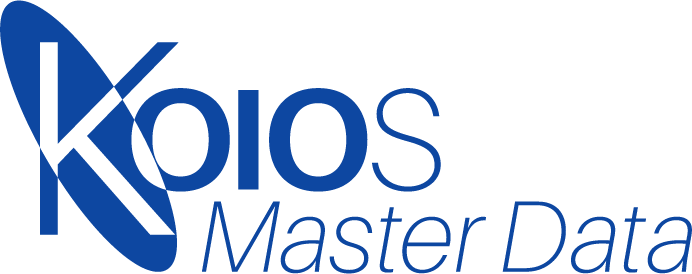
Contact us
KOIOS Master Data are experts in this field. Give us a call and find out how we can help you.
+44 (0)23 9434 0000
